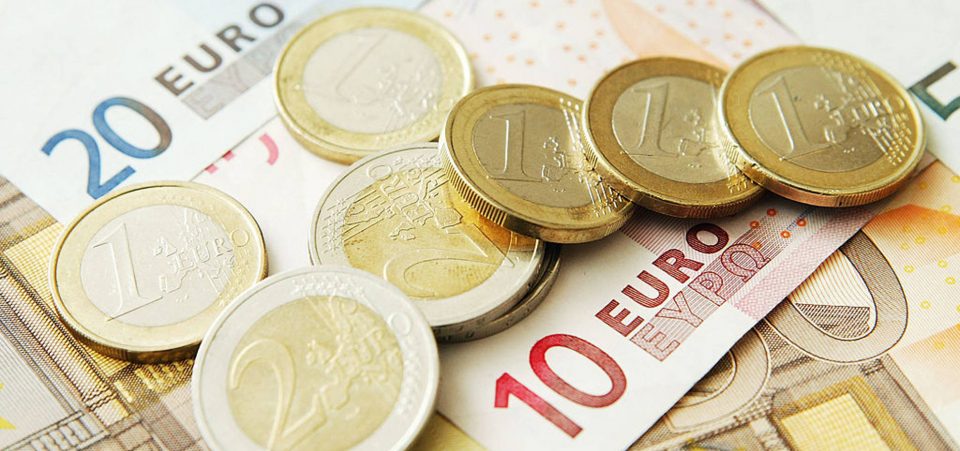Forget EUR-to-USD Parity, the Euro Could Drop Below the Dollar in 2017
In an analytical note published over the weekend, Deutsche Bank AG (NYSE:DB) expressed confidence that the euro and the U.S. dollar are heading to parity. In 2017, if not even before the end of the year, the EUR-to-USD ratio will drop to 1:1.
Further, the euro will remain under pressure, and the EUR-to-USD difference could move in favor of the dollar. (Source: “An EUR/USD Fall to Parity is ‘Pie in the Sky,’” Pound Sterling Live, November 29, 2016.)
The EUR-to-USD parity appeared to have been shifting in favor of the euro this week. The difference between currencies struggled to remain above parity, closing at $1.06. However, data on preliminary estimates on U.S. gross domestic product (GDP) for the third quarter, along with the U.S. consumer confidence index for November, showed good news on both fronts.
The favorable economic indicators for the United States could even point to a better-than-expected Christmas retail season. More importantly, the overall health of the American economy that emerges is one favoring an interest rate hike. Indeed, it signals the probability of a series of interest rate increases in 2017.
For now, there appears to be a EUR/USD resistance level of $1.06. The dollar seems to be struggling to move ahead. This might be over rumors that the presidential election results in some states were invalid. Green Party candidate Jill Stein has pushed for a recount.
However minimal a risk, the prospect of political uncertainty and a repeat of the 2000 election dispute between George W. Bush and Al Gore would struggle to please the markets. Then there is the uncertainty of OPEC’s will to cut oil production. However, the euro faces much more concrete risks.
The First Test for EUR/USD Parity Will Come on Sunday
December 4 is when Italians vote in a contentious referendum. Without going into the political repercussions or motivations of the vote, the important thing to watch is the result. If the result is “Yes,” the euro will benefit, stalling the dollar’s race to parity. But if the vote is “No,” the euro could crash on December 5.
The Italian referendum has nuances that link its outcome to confidence in the European Union and the Euro currency itself. But, in 2017, the Euro will face its biggest tests ever. France, Holland, and Germany will have elections that could truly alter the course of the Union. The risk is that the Eurozone itself will crash.
Meanwhile, the EUR/USD already fell to near-record lows of $1.05 last week. As noted above, the probability of the U.S. Federal Reserve raising interest rates has increased thanks to bullish economic data. This contrasts with the all the risks pointed against the euro and the EU’s continued economic lethargy.
Deutsche Bank expects the EUR/USD to drop to 1.00 by the end of Q2 2017, then 0.98 at the end of Q3 2017, and 0.95 at the end of 2017. (Source: Ibid)
However, those predictions came before a Fed official stated that the argument of raising interest rates had gathered pace since the last Fed monetary meeting in early November. (Source: “Fed’s Powell says case for interest-rate hike has strengthened over the past few weeks,” MarketWatch, November 29, 2016.)
Jerome Powell, the Fed’s governor and a voting member of the Monetary Committee, offered enough hints for analysts to expect an interest rate hike. This could be announced at the next Fed monetary meeting, scheduled for December 13 and 14. In December 2015, the Fed had raised the cost of credit for the first time in almost a decade. GDP is 11% higher than before the 2008 financial crisis and there are 6.5 million more jobs. According to Powell, the risks to U.S. growth come from abroad, where growth and inflation are low (hint: the eurozone).






